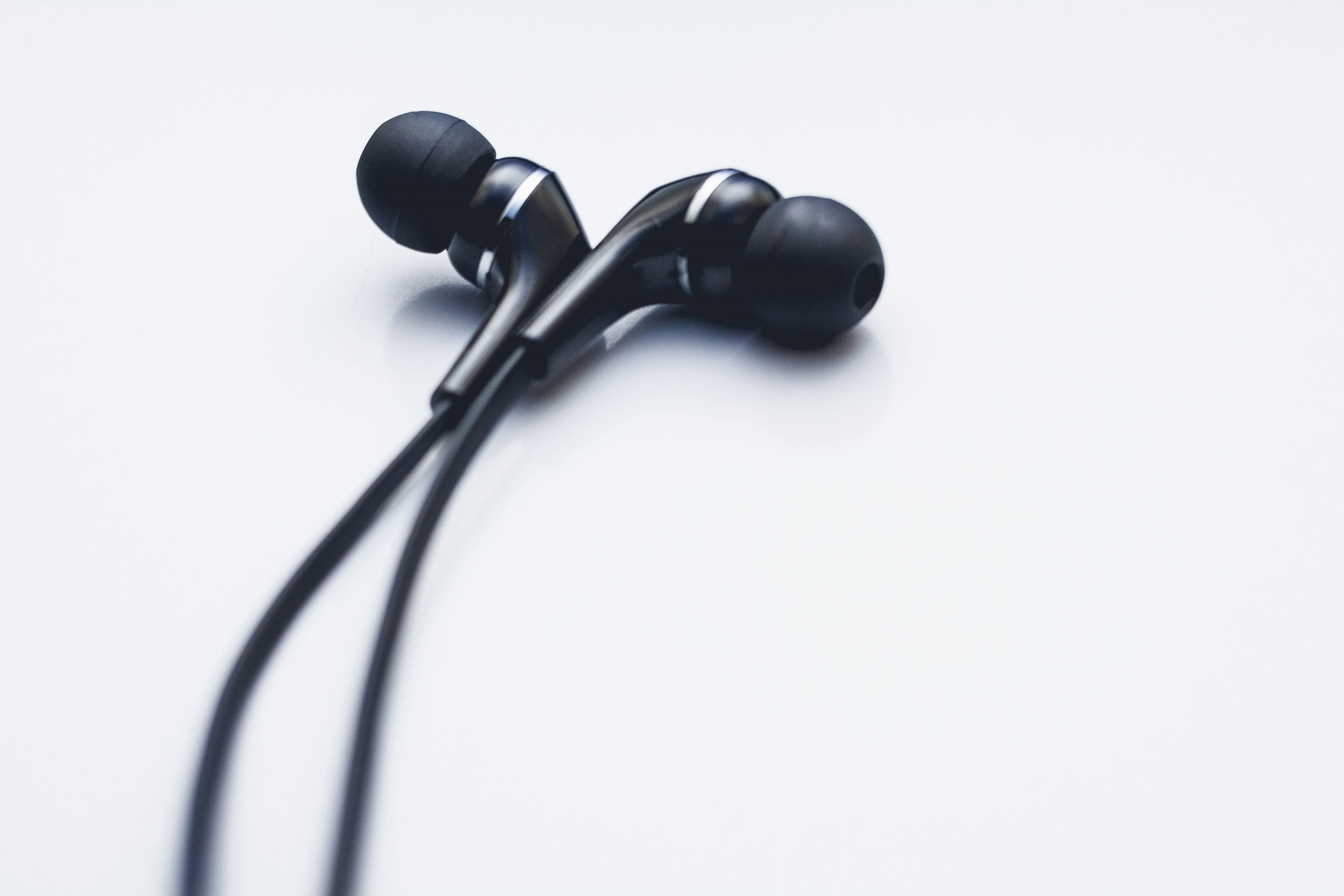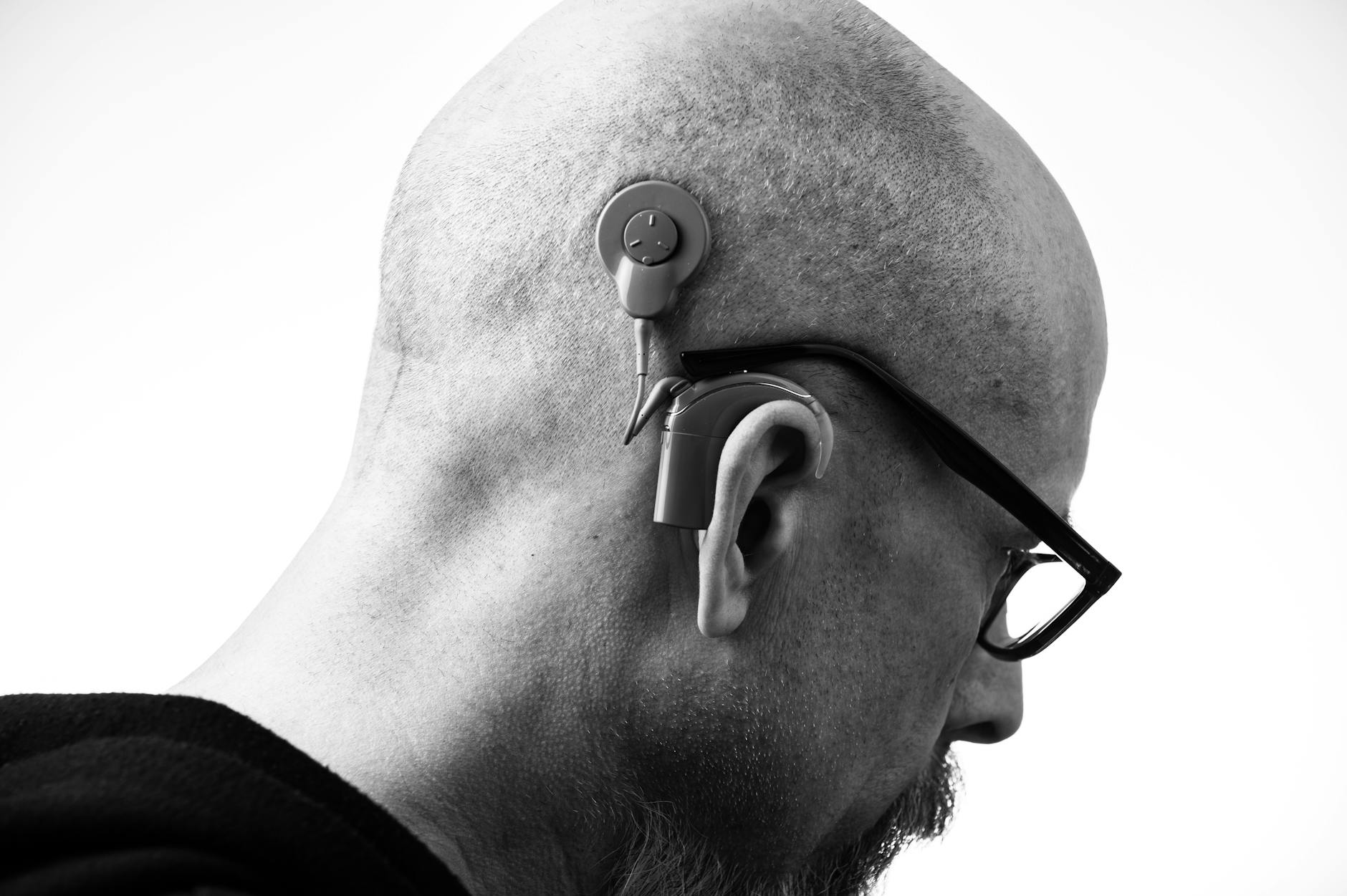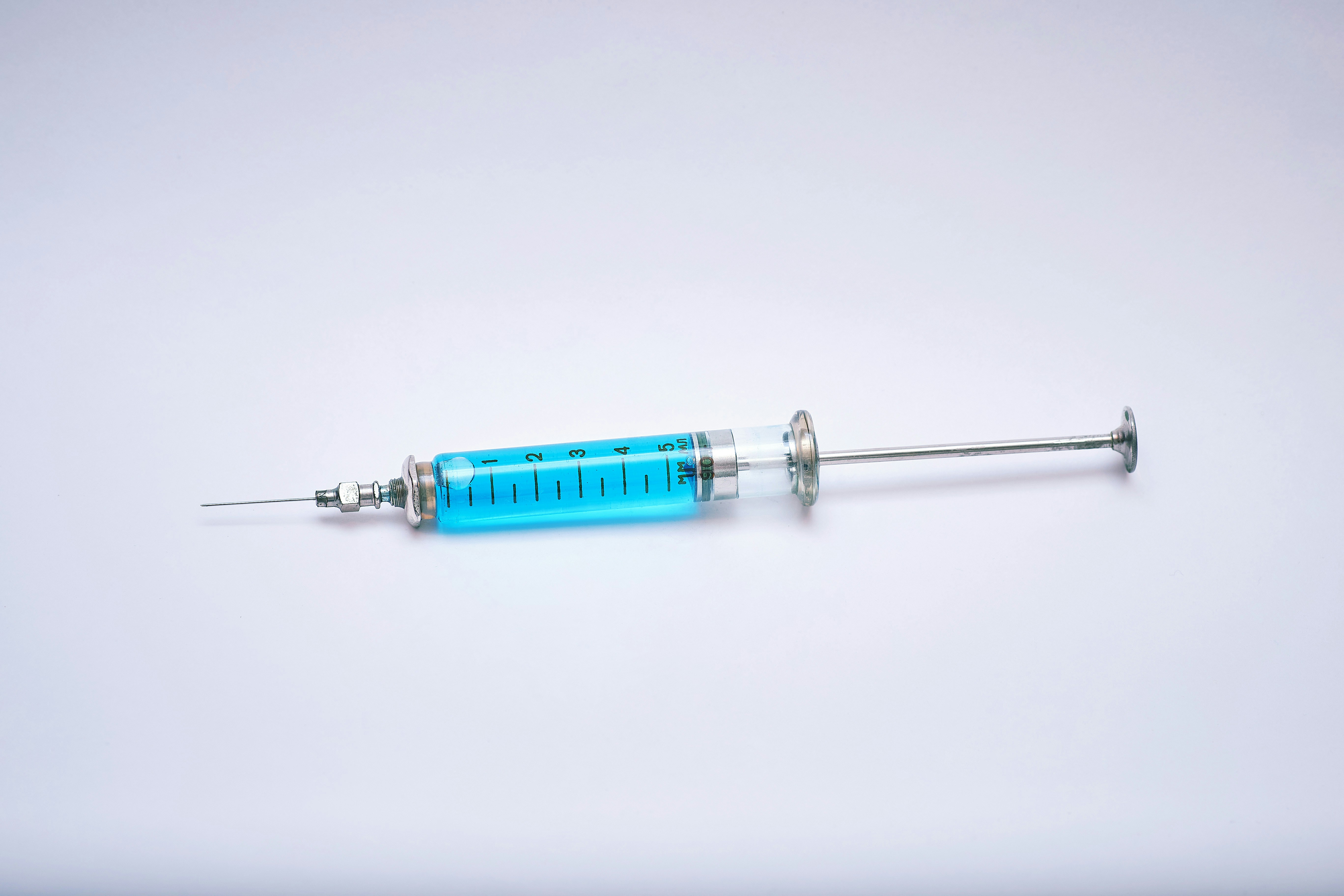If one ear suddenly goes muffled—as if a switch flipped—don’t wait it out. Sudden sensorineural hearing loss (SSNHL) is a true ear emergency. The faster you’re assessed and treated, the better your odds of getting hearing back. Here’s what to know, what to do today, and how treatment unfolds.
What counts as “sudden” and why it matters
Sudden hearing loss typically means a rapid drop (often in one ear) over hours to a couple of days. People describe it as waking up with a “dead” ear, a blocked feeling that won’t clear, or a sudden change during a phone call or shower. Tinnitus (ringing) and a sense of ear fullness are common. Some feel vertigo or imbalance.
In many cases, the cause is inner ear injury or inflammation affecting the cochlea or auditory nerve. Because inner ear hair cells and their supporting structures are delicate, early treatment can reduce inflammation, improve inner ear oxygenation, and give those sensory pathways the best chance to recover.
First things first: rule out simple blockages
Not every sudden change is SSNHL. A healthcare visit helps distinguish between:
- Conductive causes (outer/middle ear): earwax blockage, middle ear fluid, a sudden pressure change, or an eardrum issue. These often create a “plugged” sensation and are treatable in the clinic.
- Sensorineural causes (inner ear/nerve): SSNHL. The ear may feel full but there’s no wax or middle ear fluid. Tuning fork tests and an urgent hearing test (audiogram) help confirm.
Because the treatments differ and the window for SSNHL is time-sensitive, same-day evaluation is strongly recommended.
What to do today if your hearing dropped suddenly
- Seek same-day care with an ENT (ear, nose, and throat) specialist or urgent care that can arrange an audiogram. Let them know it’s sudden hearing loss—clinics often prioritize these visits.
- Audiogram: Confirms the pattern and degree of loss and helps steer treatment.
- Prompt treatment: If SSNHL is suspected, corticosteroid therapy is typically started right away (more on this below). In many cases, you’ll start treatment before any imaging results return.
- Imaging: An MRI of the internal auditory canals is commonly ordered (often within days to weeks) to rule out rare structural causes.
If getting to an ENT today isn’t possible, an urgent care or primary care visit is still worth it—they can help exclude earwax and start the referral process. Ask explicitly about sudden sensorineural hearing loss and starting steroid therapy if appropriate.
The treatment map: what evidence supports
Corticosteroids are the cornerstone
High-dose steroids reduce inner ear inflammation and swelling, improving the chance of recovery. They can be given in two main ways:
- Oral corticosteroids: Often prescribed for about 1–2 weeks with a short taper. Many clinicians start these immediately after confirming SSNHL or strong suspicion.
- Intratympanic (IT) steroid injections: Medication is delivered through the eardrum directly into the middle ear to soak the inner ear. IT steroids may be used as first-line therapy, when oral steroids aren’t a good option, or as “salvage” treatment if oral therapy doesn’t restore hearing.
Timing matters. Starting treatment within the first days—ideally within 72 hours—is associated with better outcomes. That said, beginning treatment within two weeks is still reasonable; some benefit has been seen even beyond that, especially with intratympanic steroids.
Hyperbaric oxygen therapy (HBOT): an adjunct option
HBOT involves breathing oxygen in a pressurized chamber to increase oxygen delivery to the inner ear. Evidence suggests it may provide additional improvement when combined with steroids, particularly if started early (within about two weeks), or as salvage therapy within about a month. Accessibility and insurance coverage vary; discuss availability and fit with your ENT.
Treatments generally not recommended
- Antivirals and antibiotics: Usually not helpful unless there’s a clear infection that requires them.
- Vasodilators, anticoagulants, and routine vitamin or supplement therapy: Not supported by strong evidence for SSNHL.
Always share your medical history and medications with your clinician—steroids can have side effects and may not be right for everyone. Your provider will tailor the approach.
What recovery looks like—and what you control
Recovery is variable. Roughly one-third of people recover fully, one-third recover partially, and one-third have little change. Better odds are linked to faster treatment, milder initial loss, and absence of severe dizziness. Even when hearing doesn’t bounce back right away, continued improvement can occur over weeks to months.
Practical steps during recovery
- Protect your ears: Avoid loud sound exposure (concerts, power tools). Use quality hearing protection if noise is unavoidable.
- Manage stress and sleep: Sleep supports healing; stress can worsen tinnitus.
- Communicate your needs: Let family and coworkers know which side hears better and choose seating that favors your stronger ear.
Tinnitus and fullness: easing the edge
Tinnitus often spikes with SSNHL. While steroids aim to restore hearing, consider short-term coping tools:
- Sound enrichment: Low-level background sound (fan, soft music, a sound app) can make tinnitus less intrusive.
- Relaxation practices: Breathing exercises, brief mindfulness sessions, or guided imagery can reduce the stress-tinnitus loop.
- Professional support: Audiologists can offer tinnitus counseling and sound therapy if it persists.
When hearing doesn’t fully return: your next chapter
If a significant difference remains after medical treatment and monitoring, you still have strong options. Your care team may revisit your audiogram around 4–12 weeks, then discuss rehabilitation.
Amplification and assistive options
- Conventional hearing aids: If partial hearing remains, a hearing aid in the affected ear can boost clarity and connection—especially in conversation and meetings.
- CROS/BiCROS systems: If one ear remains very weak, a CROS system routes sound from the weaker side to the stronger ear, improving awareness in group and noisy settings.
- Assistive listening devices: Remote microphones and Bluetooth accessories can dramatically improve speech understanding in noise and at a distance.
Cochlear implant for single-sided deafness
For profound, persistent loss in one ear with normal or near-normal hearing in the other, cochlear implantation is now an established option in many regions. Benefits can include improved sound localization, better hearing in noise, and reduced tinnitus in some individuals. Evaluation often occurs after a stabilization period; timelines vary, so ask your ENT/audiologist when it makes sense to discuss candidacy.
Auditory training and communication strategies
- Auditory training: Short, regular practice with curated exercises can sharpen listening skills, especially in noise. Many programs are app-based.
- Environment tweaks: Choose quieter tables at restaurants, reduce background noise at home, and favor good lighting to support speechreading.
- Workplace accommodations: Captioning, remote mics, and strategic seating can significantly ease listening effort.
How SSNHL is evaluated behind the scenes
Beyond the bedside exam and audiogram, your clinician may consider:
- Imaging: MRI to rule out rare but important causes like vestibular schwannoma.
- Focused labs: Ordered selectively based on your history and exam (for example, autoimmune clues). Routine broad lab panels aren’t always necessary.
It’s normal to feel worried while tests are pending. The key is that treatment for suspected SSNHL usually starts right away, without waiting for every result.
If this is you today, here’s a simple plan
- Call an ENT or hearing clinic and use the words: “I have sudden hearing loss in one ear.” Ask for a same-day slot.
- If ENT access is limited, go to urgent care and request an ear exam and urgent audiology referral.
- Ask about starting corticosteroid treatment if SSNHL is suspected and it’s safe for you.
- Schedule follow-up testing and discuss whether intratympanic steroids or HBOT are options where you live.
You don’t have to navigate this alone. An audiologist can guide you from the first hearing test through recovery and rehabilitation. If you’re unsure where to begin, start with an audiology clinic; they can often coordinate with an ENT on the same day.
When it’s probably not SSNHL
Consider other causes if you have:
- Severe ear pain, fever, or drainage (possible infection)
- Recent swimming or a sensation of water in the ear (possible external ear canal issue)
- Immediate relief after yawning or swallowing (pressure-related)
Even then, don’t guess. A quick, professional look in the ear and a hearing test can save time and worry.
The bottom line
Sudden hearing loss is urgent—but treatable. The sooner you’re evaluated and started on therapy, the better your chances. If you’re noticing a sudden drop right now, make the call. If you’re further along and hearing hasn’t fully recovered, modern hearing technologies and therapies can still help you hear—and live—better.
Gentle next steps
- Find an audiologist near you for a same-day hearing test.
- Ask your ENT about the right mix of oral vs. intratympanic steroids and whether HBOT is available.
- If hearing remains reduced, schedule a hearing aid or CROS consultation within a few weeks—early rehab can reduce fatigue and frustration.
Frequently Asked Questions
Can I wait a week to see if my sudden hearing loss clears on its own?
Waiting reduces the odds of recovery. SSNHL is an ear emergency. Aim for same-day evaluation and ask about starting corticosteroids if appropriate. Some people do improve spontaneously, but early treatment improves the chances and degree of recovery.
Are steroids safe? What side effects should I expect?
Short courses of high-dose steroids are commonly used for SSNHL. Possible side effects include sleep disturbance, mood changes, elevated blood pressure or blood sugar, stomach upset, and fluid retention. Your clinician will weigh risks and benefits, consider your health history, and may adjust dosing or use intratympanic injections if oral steroids aren’t a good fit.
Is hyperbaric oxygen therapy worth it?
HBOT can add benefit when combined with steroids, especially if started within about two weeks, or as a salvage option within roughly a month. Availability, cost, and your specific audiogram pattern matter. Discuss local access and timing with your ENT; not everyone needs HBOT to have a good outcome.
It’s been a few months and my hearing hasn’t returned. Do I have options?
Yes. A follow-up audiogram can guide next steps. You may benefit from a hearing aid, a CROS system for single-sided loss, assistive microphones, and auditory training. If loss is profound in one ear, cochlear implant evaluation may be appropriate. An audiologist can tailor solutions to your daily listening needs.
References
- National Institute on Deafness and Other Communication Disorders (NIH) – Sudden Deafness (SSNHL)
- American Academy of Otolaryngology–Head and Neck Surgery – Clinical Practice Guideline: Sudden Hearing Loss (Update)



